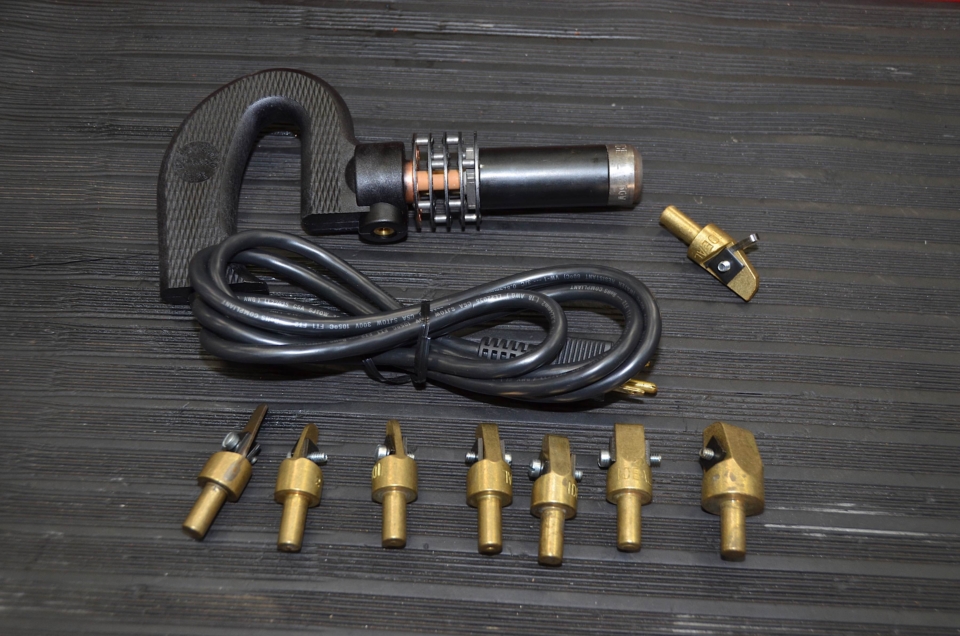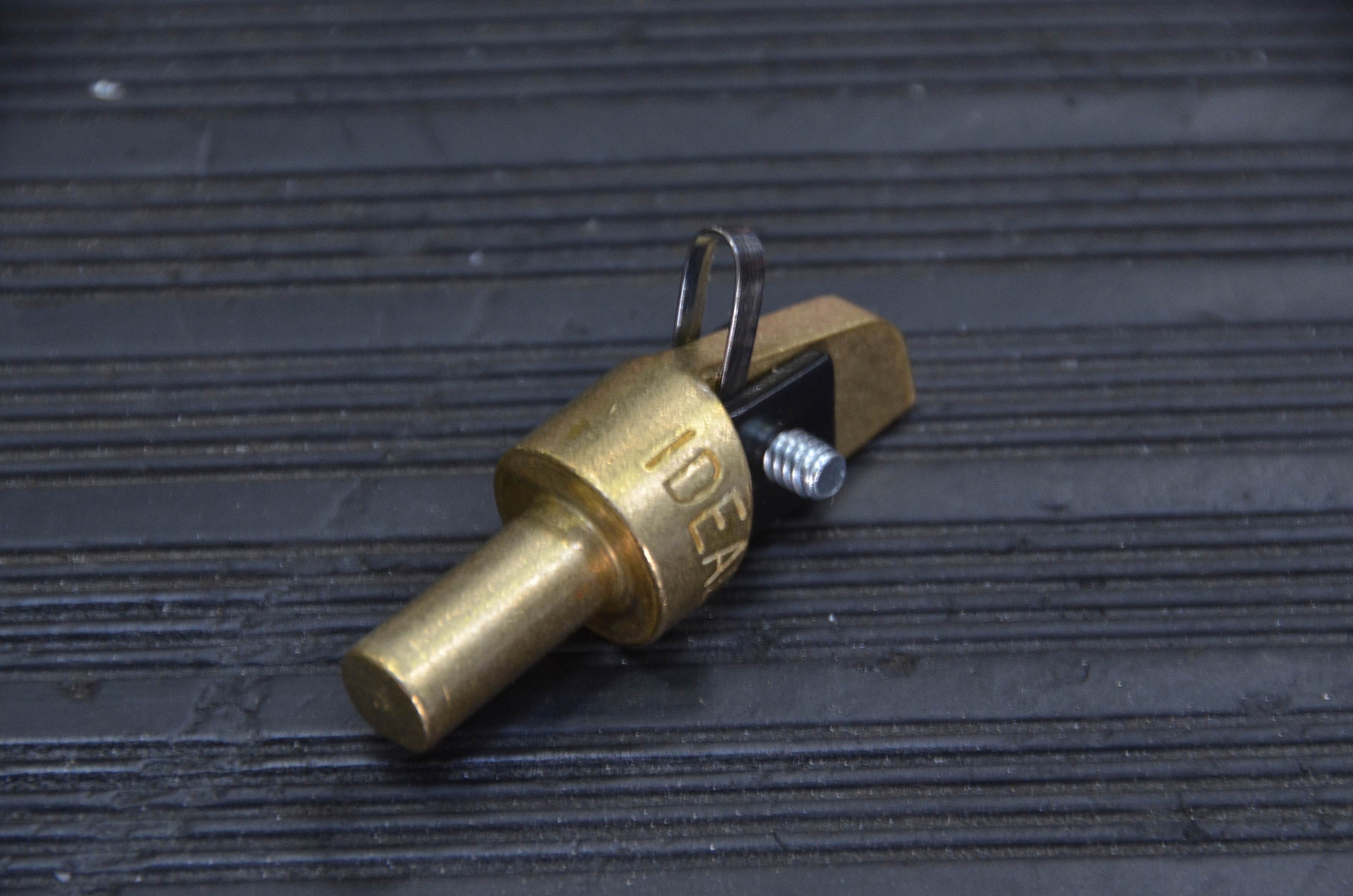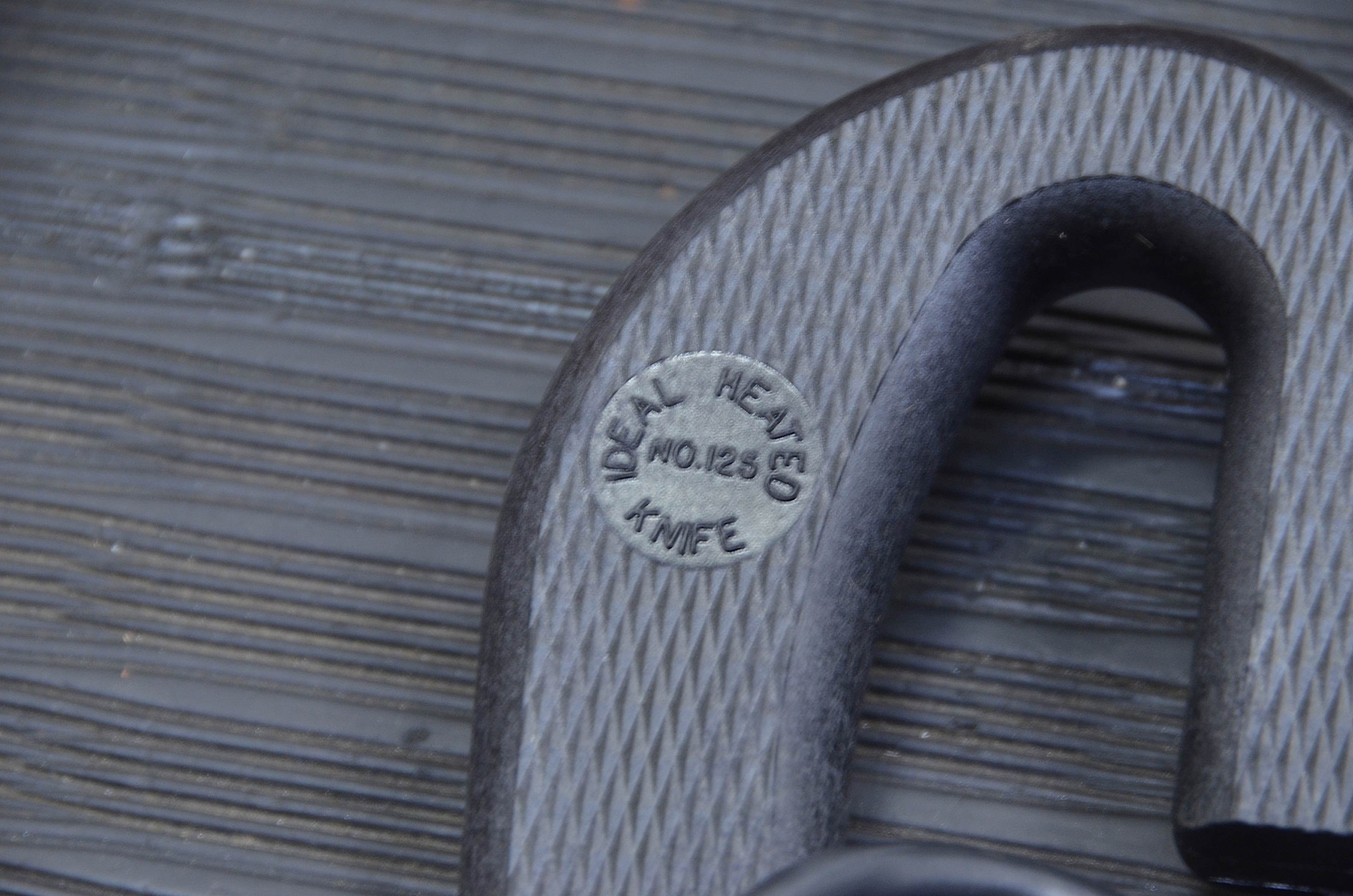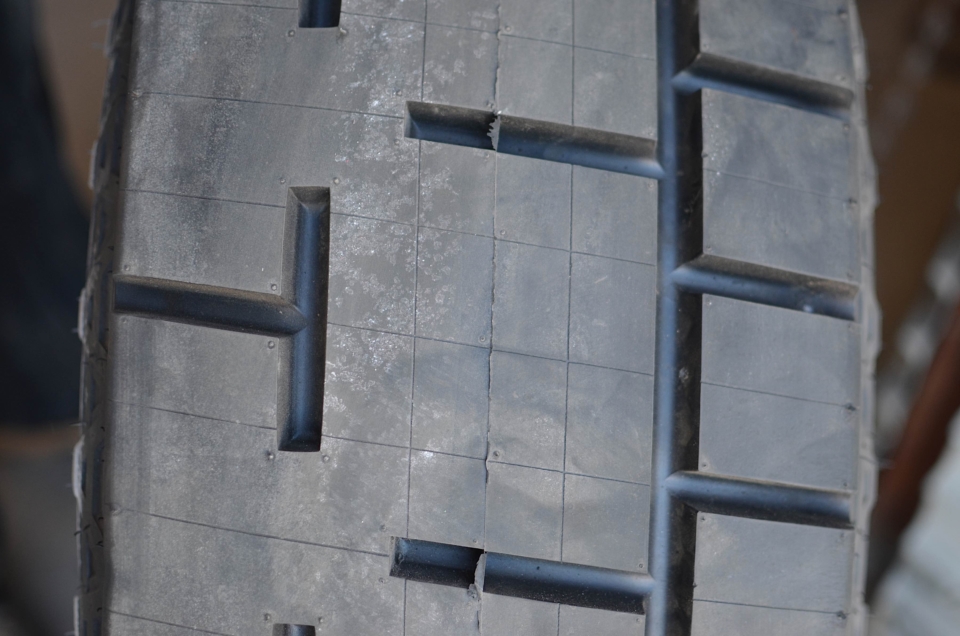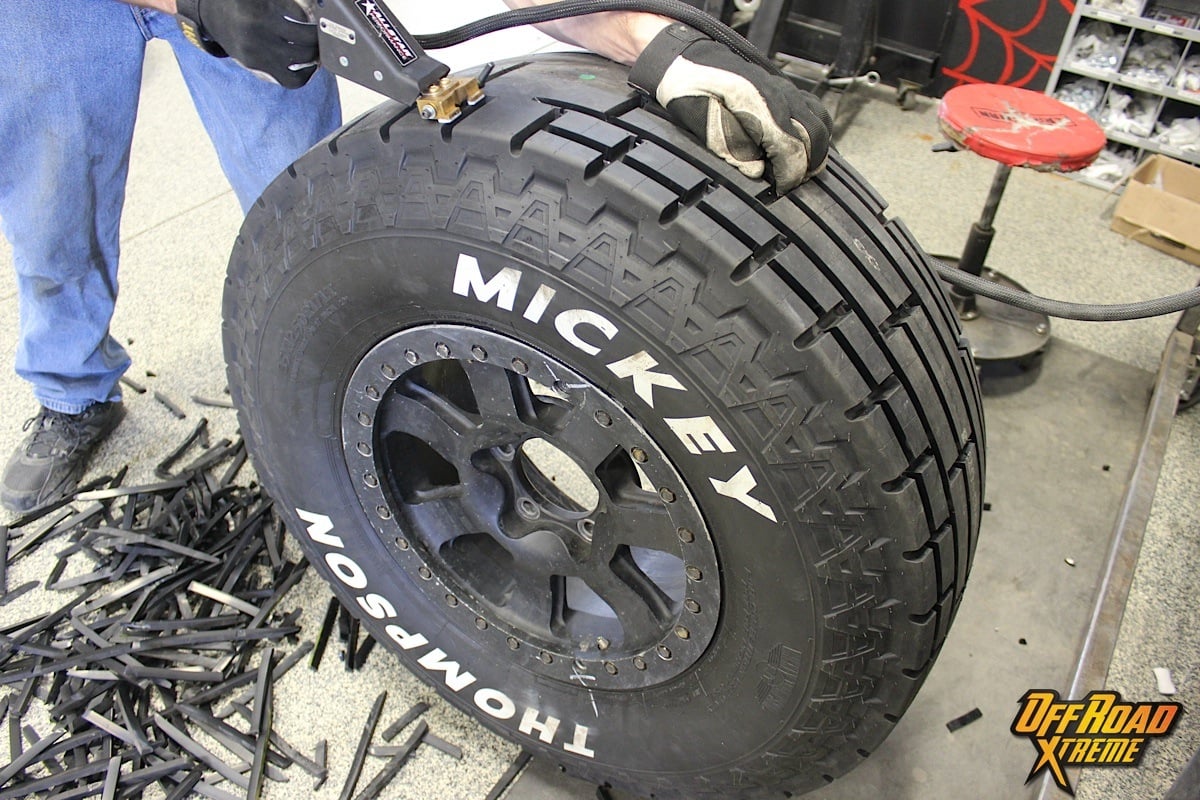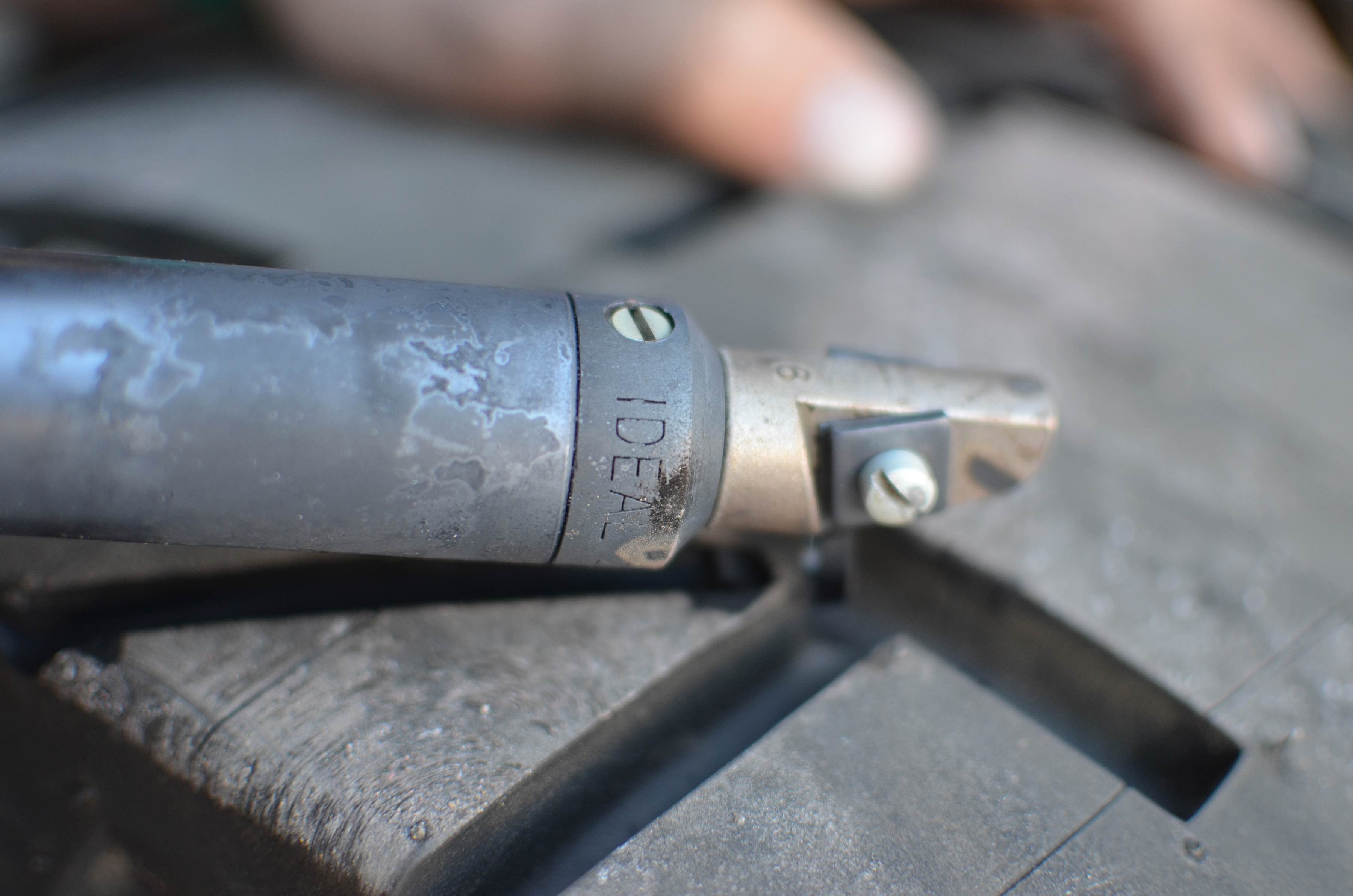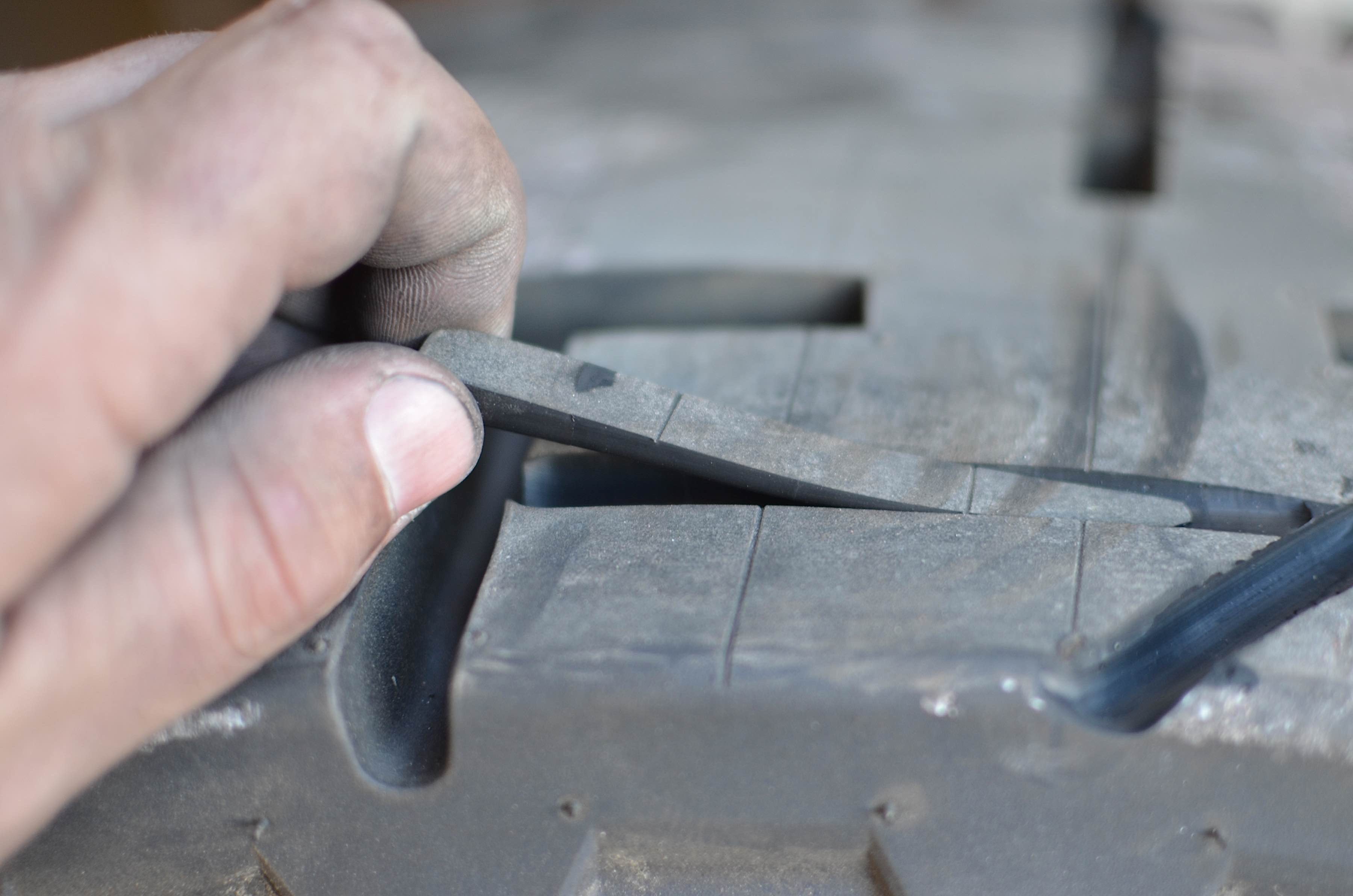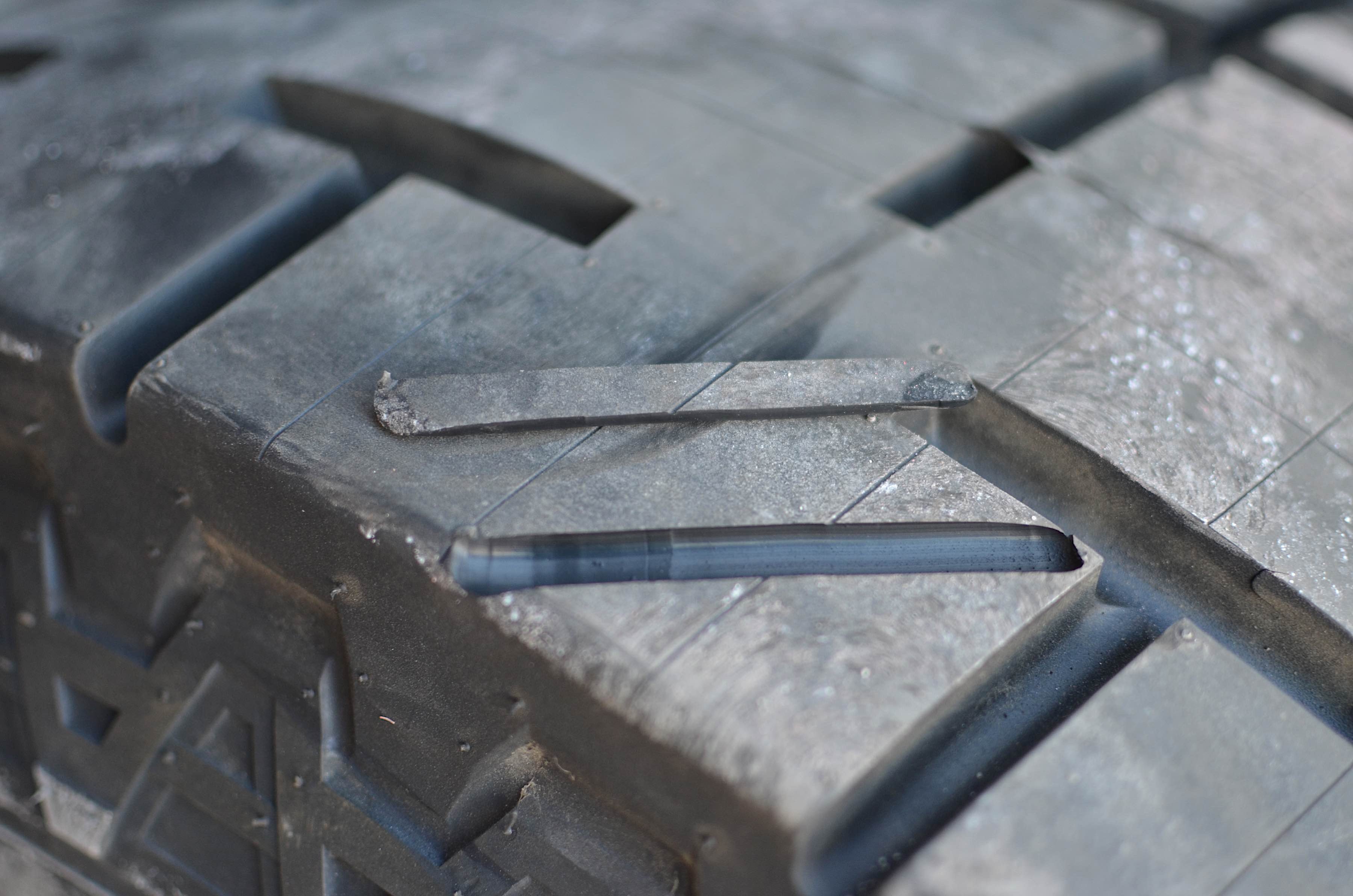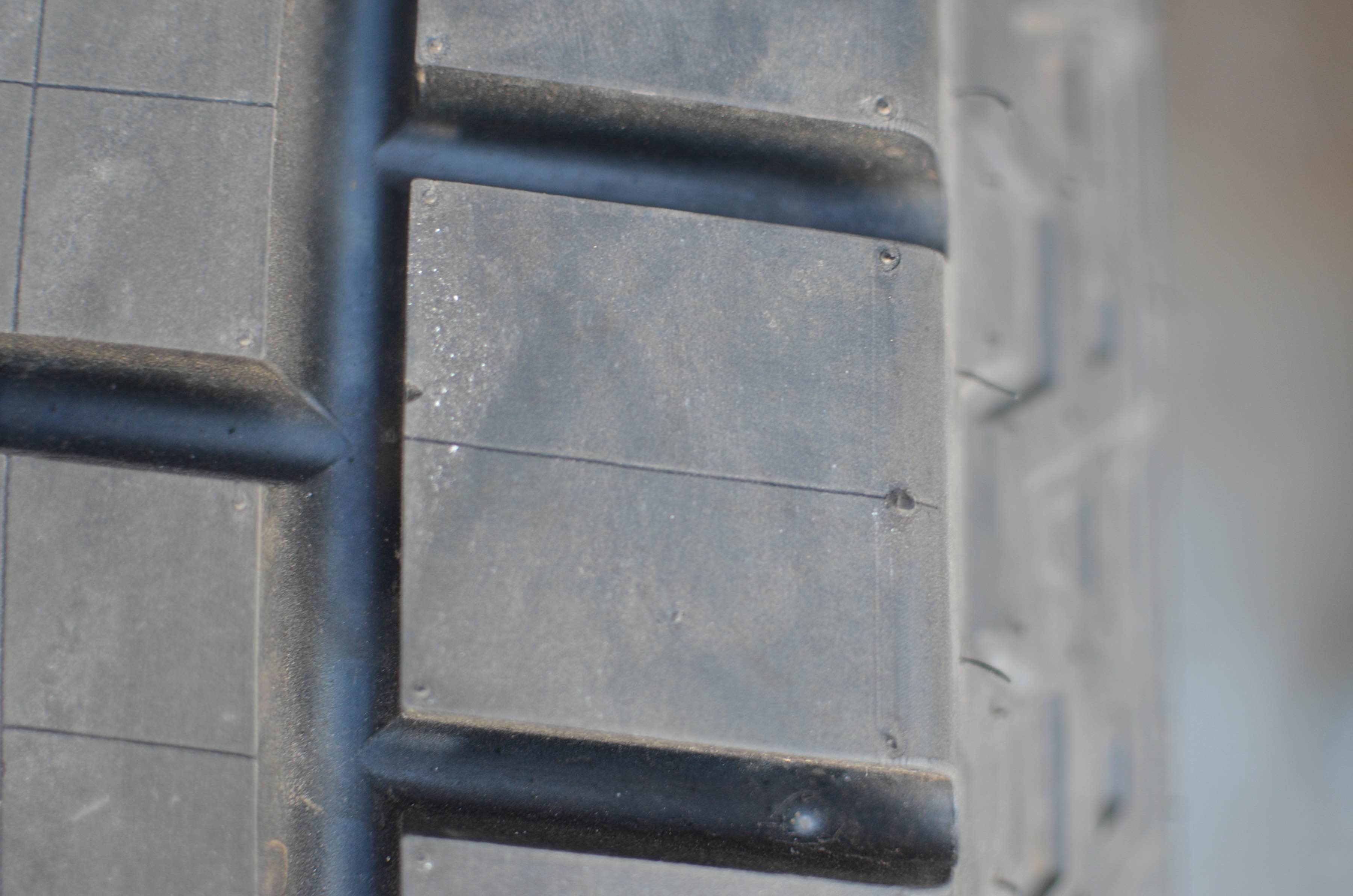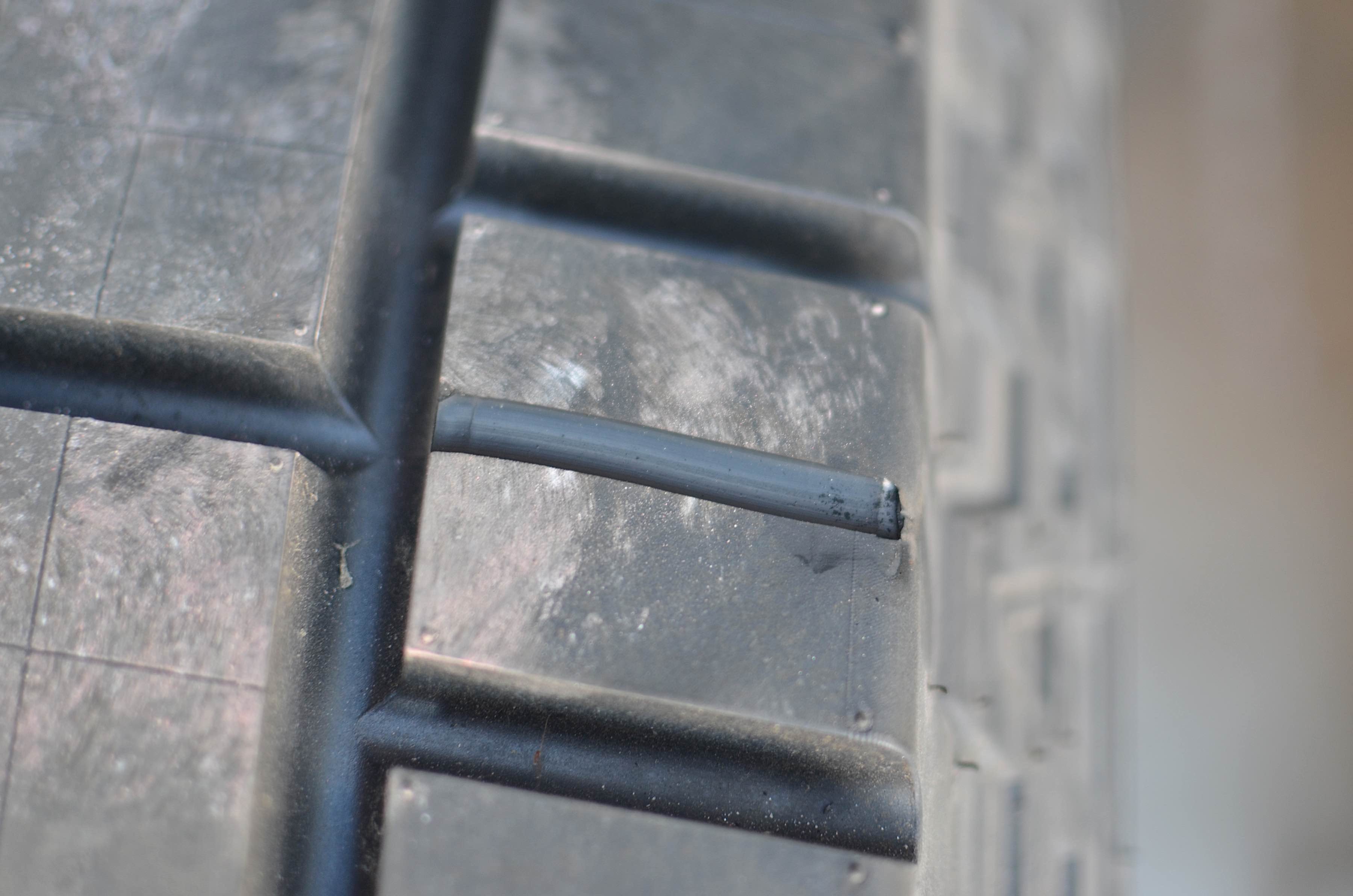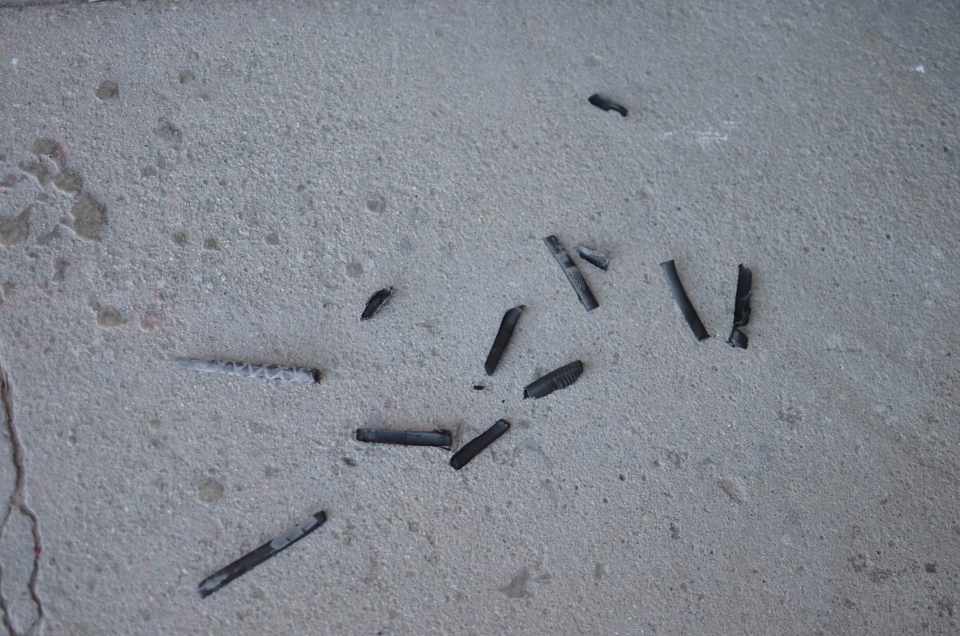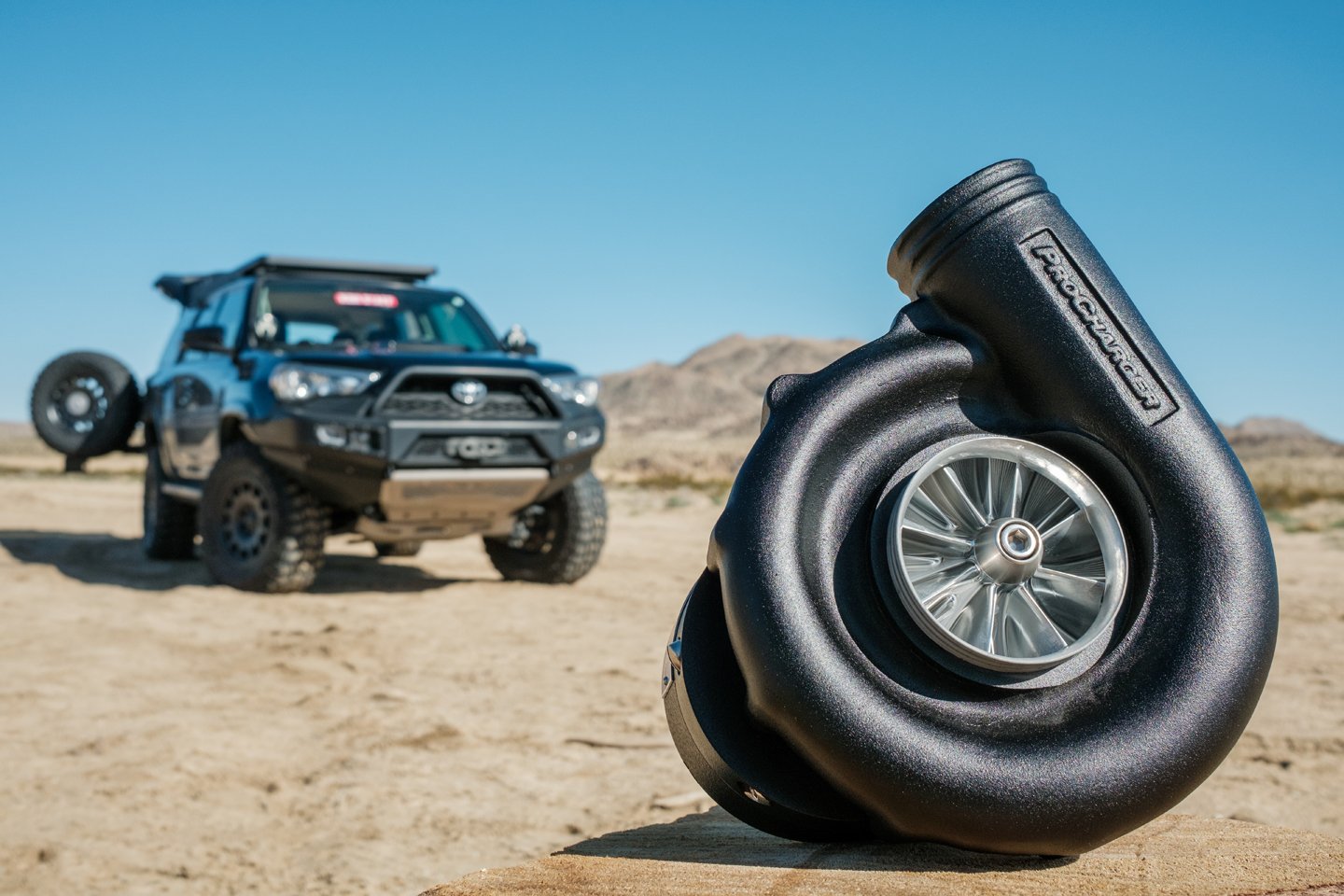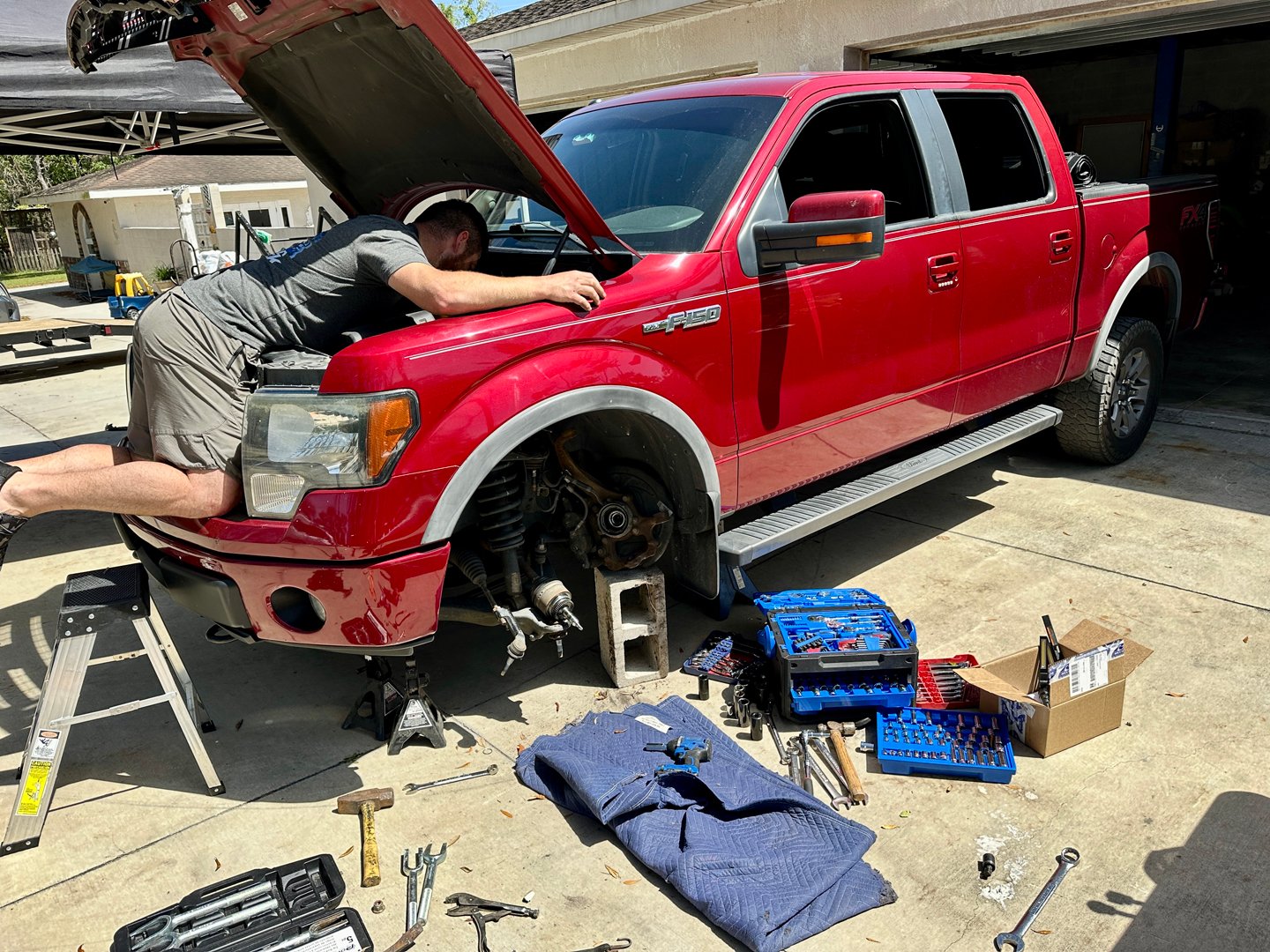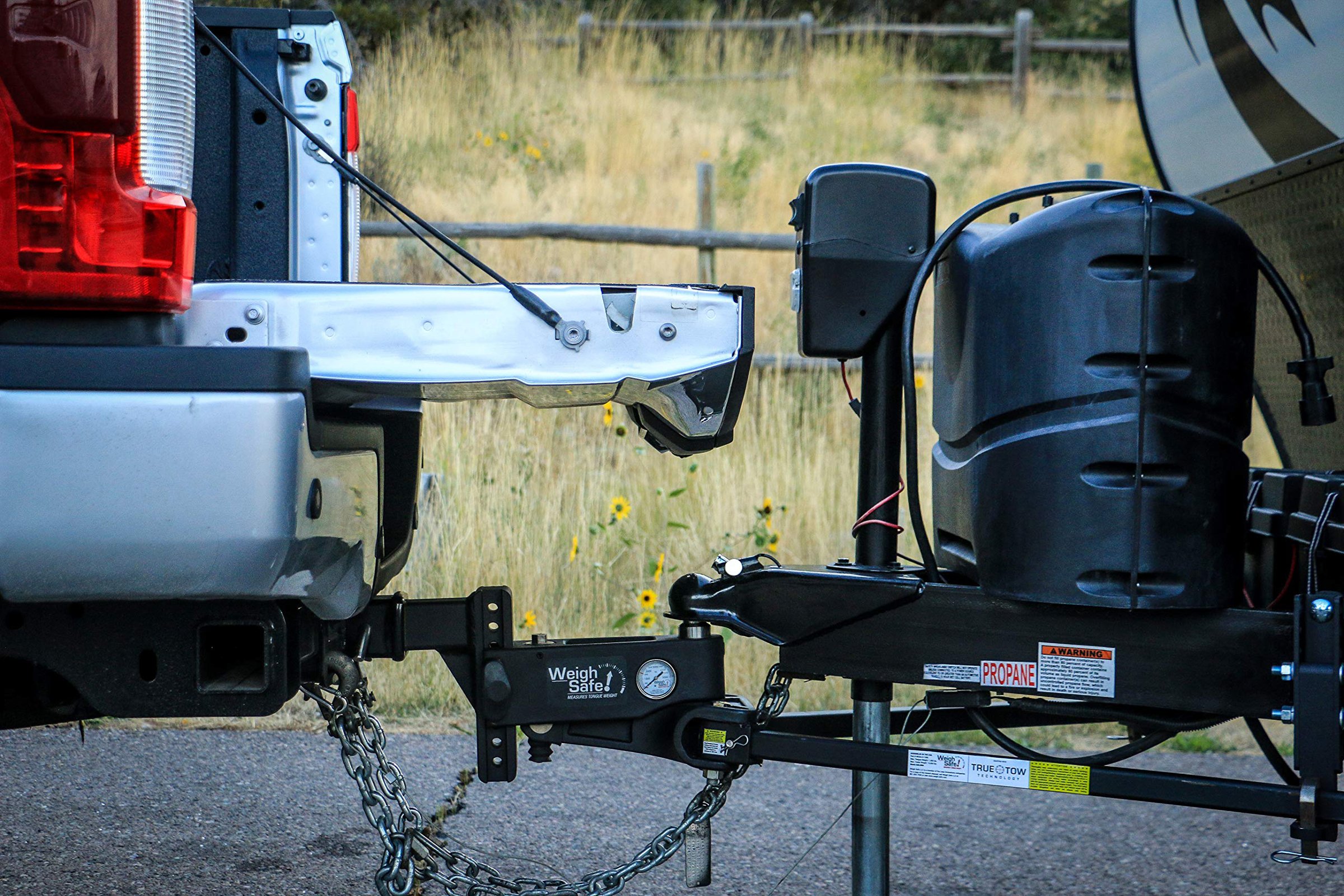Have you ever noticed a difference in traction between an all-terrain tire and a mud-terrain tire? If so, it’s because of tread pattern and the way the tire is set up. But what happens when no tread pattern out there works for you? The answer is, you make your own.
Ideal Heated Knives has a tool that makes it possible. For us, grooving was something new. We have seen it done at the short-course track, but actually grooving a tire was something we couldn’t wait to do.
The Groover
Ideal Heated Knives offers an affordable hand-held groover that’s constructed for easy, efficient and long-lasting operation. The solid brass head keeps strong, constant heat on the cutting blade, which rapidly heats the material to be cut.
“Ideal Heated Knives are manufactured with a pistol grip handle that makes tire grooving easier,” John Sukenik of Ideal Heated Knives said. “The heating capacity is 250 watts, and there are versions for either 110 or 220 volts.”
The depth of the cut is controlled by the adjustable blade. The brass heads and razor-sharp blades are available in nine different widths. Blades also come in five different strengths and a variety of tip shapes.
“The heated knives are primarily used for cutting grooves of various widths and depths in heat-sensitive materials, like rubber and plastic, and for trimming those materials,” Sukenik explained. “Grooving blades must be used with the matching head. For example, a no. 4 blade with a no. 4 head.”
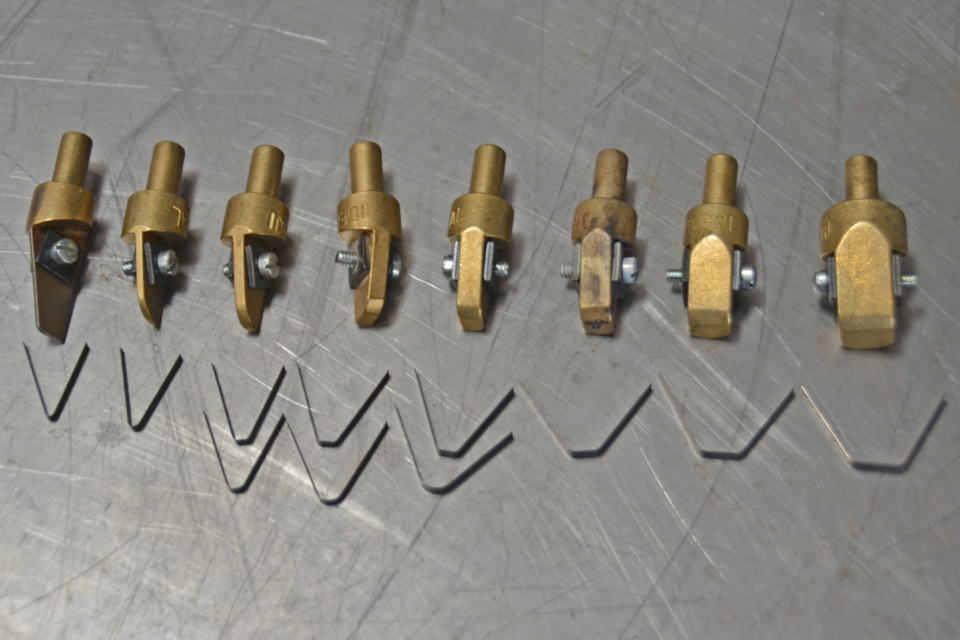
Each head has a matching blade. The head determines the width of the cut, while the blade can adjust the depth. If the blade is installed upside down, the groover can be used to sipe tires.
Changing a blade isn’t difficult. With the groover cool, there are half-inch square clamps on the grooving heads that are held in place by a screw. To attach the grooving blade, it is as easy as loosening the clamp screw until the blade can be pinched together and slipped between the clamps.
The blade depth will be adjusted depending on the depth of the cut that is going to be done. Once the blade is set and the head has been installed in the groover, it is as simple as plugging it in and letting it heat up. The longer and hotter the blade gets, the easier the cutting will be.
Cutting Rubber
One of the biggest things to keep in mind when grooving a tire has nothing to do with the groover or tire. It’s safety, and it should be the first thought on your mind. Some quick safety tips are:
- Wear protective gloves. All parts of the unit (except the handle) get extremely hot. Also, the blades are razor-sharp.
- Safety glasses are recommended.
- Install the desired head and blade when the unit is off and cool.
- Before plugging in the unit, place it in a vertical position, with the handle at the bottom, away from any flammable surfaces and items.
- Always use a grounded outlet and grounded prong.
- Do not touch any part of the unit except the handle while it is heating up or during active use.
- Work in a well-ventilated area.
- Always unplug the unit when not in use.
Short-course tires are grooved to the track conditions and the driver's preference.
Efficient grooving with the heated knife is a function of practice and of adjusting the cutting speed to the width and depth of the groove. The part of the brass head in front of the blade should be kept in contact with the area to be cut to preheat the material for easier cutting. More heat loss occurs during wider and deeper cuts, which should be made at lower speed.
One arena where we have seen tire grooving is in short-course racing. To get an expert’s thoughts, we spoke with Mickey Thompson Tires tire groover Michael Dwyer. “There are a lot of factors that go into grooving tires, like forward or side bite, dry or loamy dirt, and hot or cool conditions,” he explained. “The truck set up and driver style also play into how you would cut the tire. We also sipe tires. So we take all of this into consideration and decide which cut will suit the driver best.”
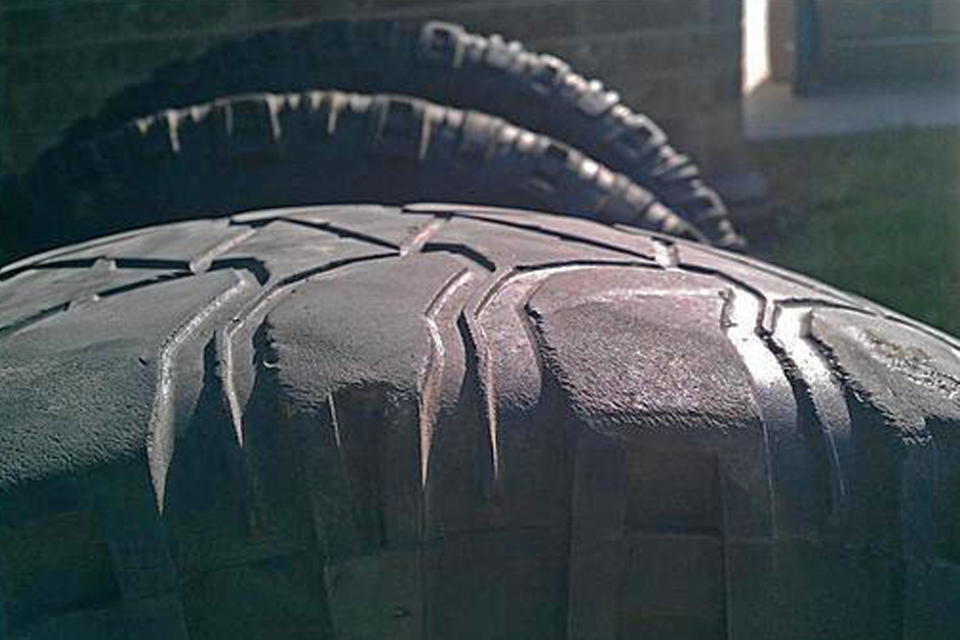
One thing to keep in mind when grooving tires is to accept reality when they start going bald. Tires are still a safety item on the vehicle and need to be treated that way. When tires get to the wear bars it is time to replace them, not groove them.
Final Cuts
This was our first time personally grooving a tire. We were excited to test out the groover and see what we could do on a Mickey Thompson short-course tire. We went with a short-course tire for the simple fact that there were very few tread blocks, and we could even create our own design.
We made sure the head of the knife stayed on the tread block, as we cut through the tire tread.
With the groover warmed up, we let it sit for a couple of hours to get it nice and warm, we took the blade to the tire and started cutting rubber. The blade went through the rubber like a hot knife through butter. We did not start with deep cuts, but worked our way up to matching the depth of a tread block the tire came with.
Overall, the Ideal Heated Knives tire groover did everything that it was supposed to with little effort. We look forward to playing with the groover more and seeing what we could really do with it. One tip that Dwyer would recommend for someone new to grooving is to find some old used tires to practice on. Messing up an old tire doesn’t keep a vehicle off the road or make it unsafe.
Before (left) and after (right) grooving a tread block on the tire.
For more information on Ideal Heated Knives and its product, be sure to visit their website.

